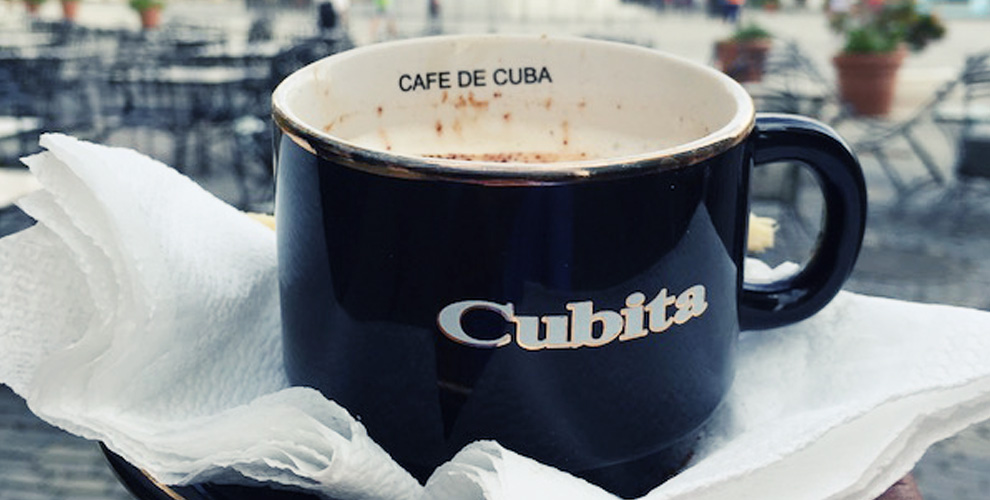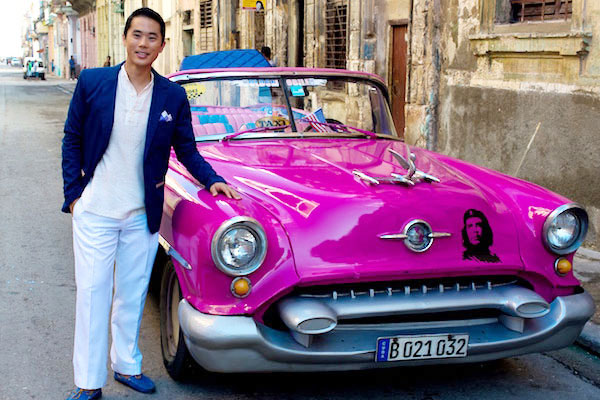Egg yolks, cream, milk, and sugar. Four ingredients, cooked into a custard, then churned in an icy chamber. The ensuing result speaks of childhood memories and birthday parties. Of walks in the park and seaside treats. Of comfort food and a balm for the broken hearted. Ice cream – there simply is no substitute for it.
Be it a lone scoop on a crisp waffle cone or an elegant quenelle to accompany a high-end dessert, ice cream has an innate ability to inspire joy… and rapture, even, among its most ardent of fans. Despite its simple composition, ice cream comes in a staggering spectrum of quality and taste, in part because of the nature of commercial production. But even the creamiest and richest varieties available in stores – what’s marketed as super premium ice cream – can’t compare with those made and enjoyed on the day.
“The freshest product is the best product – you can’t replace that,” says Dhilmin Silva, the Executive Pastry Chef at W Doha Hotel and Residences. “Your ice cream mustn’t be old, because it starts developing ice crystals, which affects its texture.”
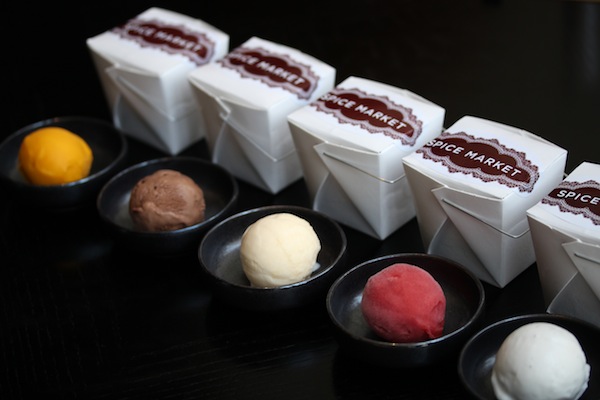
Chef Silva describes ice cream with the enthusiasm of a child and the precision of a chemist. It’s just past 11AM, and he’s goading me to try five flavours that are merely hours-old: coconut, strawberry yuzu, mango, chili chocolate, and ginger. Each scoop yields to a spoon with minimal resistance; the smoothness is velvet-like. I ask if there’s an additive, perhaps xanthan gum, or an emulsifier – extremely common in the ice cream industry – to help achieve this texture. Chef Silva’s response is a giant beam.
“We don’t use any stabilisers in our ice creams,” he says with discernible pride. “We don’t need to. Our turnover is so high that we don’t rely on preservatives or anything to help it stay this smooth. It’s all natural.”
Chef Silva knows his ice creams. A protégé of celebrity British pastry chef Julie Walsh at Le Cordon Bleu in London, Silva’s career spans a decade over three continents, with stints in Asia, Europe, and the United States. He’s used this time to refine his master recipe, which he then tweaks to suit each country, each climate, and each restaurant.
Today, his team makes 13 kinds of ice cream to supply every dining outlet at the W. Each lot is meticulously crafted – just one litre is produced an hour. There is a dedicated pastry chef whose sole responsibility is to whip up batch after batch of the kitchen’s incredibly satiny ice cream.

The method isn’t complicated but requires one to be methodical. First, eggs and sugar are whisked together and the mixture cooked in a double boiler to gently bring up its temperature. Hot milk and cream are then gradually added in. This tempering process ensures the eggs don’t cook too rapidly. Be patient, and thick custard forms; otherwise, you get scrambled eggs.

At this point, the ice cream base is flavoured. Chocolate could be melted in, the milk infused with nuts, or a fruit puree introduced. In the case of Chef Silva’s latest creation, he crumbles red velvet cake into the custard and allows the flavours to bloom overnight. The mixture is then blitzed and sieved before going into the ice cream maker to churn for about an hour. Voila: red velvet ice cream.

Of course, no chef likes to serve a signature ice cream as is. So Silva produces the utterly indulgent red velvet sundae. The ice cream is flanked by a tumble of red velvet cake slices sandwiched with cream cheese frosting, red velvet macaron, and fresh raspberries – all accented by a wickedly luxurious chocolate fudge. A spectacular sight, this platter of pleasure triumphs because of how each component builds on the other, the red velvet theme echoing through a crunchy macaron, a crumbly cake, and the star creamy confection. It is an ode to desire.

Equally desirable is the newly minted white chocolate and yuzu pavlova at the Far East-inspired Spice Market. A flowering splendour, the dish resembles more sculpture than sundae. Yuzu sorbet is studded with shards of meringue and drizzled in basil syrup. The beauty and harmony of flavours stem from minimalism: just a few components ably married then handsomely presented.
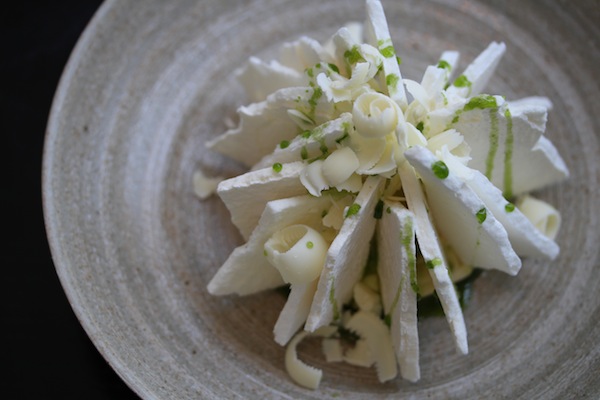
It’s not all flamboyance. Some classics such as the best-selling Jean-Georges Vongerichten salted caramel sundae are not tampered with. Chef Silva’s team recreates the dish hundreds of times each week at Market by Jean-Georges. The peanut caramel popcorn and chocolate fudge combination simply induces cravings.
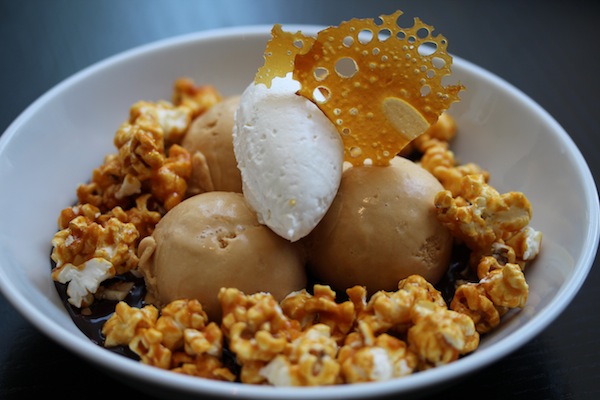
What explains the abiding draw of an ice-cream sundae at a contemporary (and very adult) restaurant? Chef Silva offers an answer that is difficult to dispute: “We make familiar flavours extraordinary.”
** A version of this article appears in the magazine Khaleejesque **

